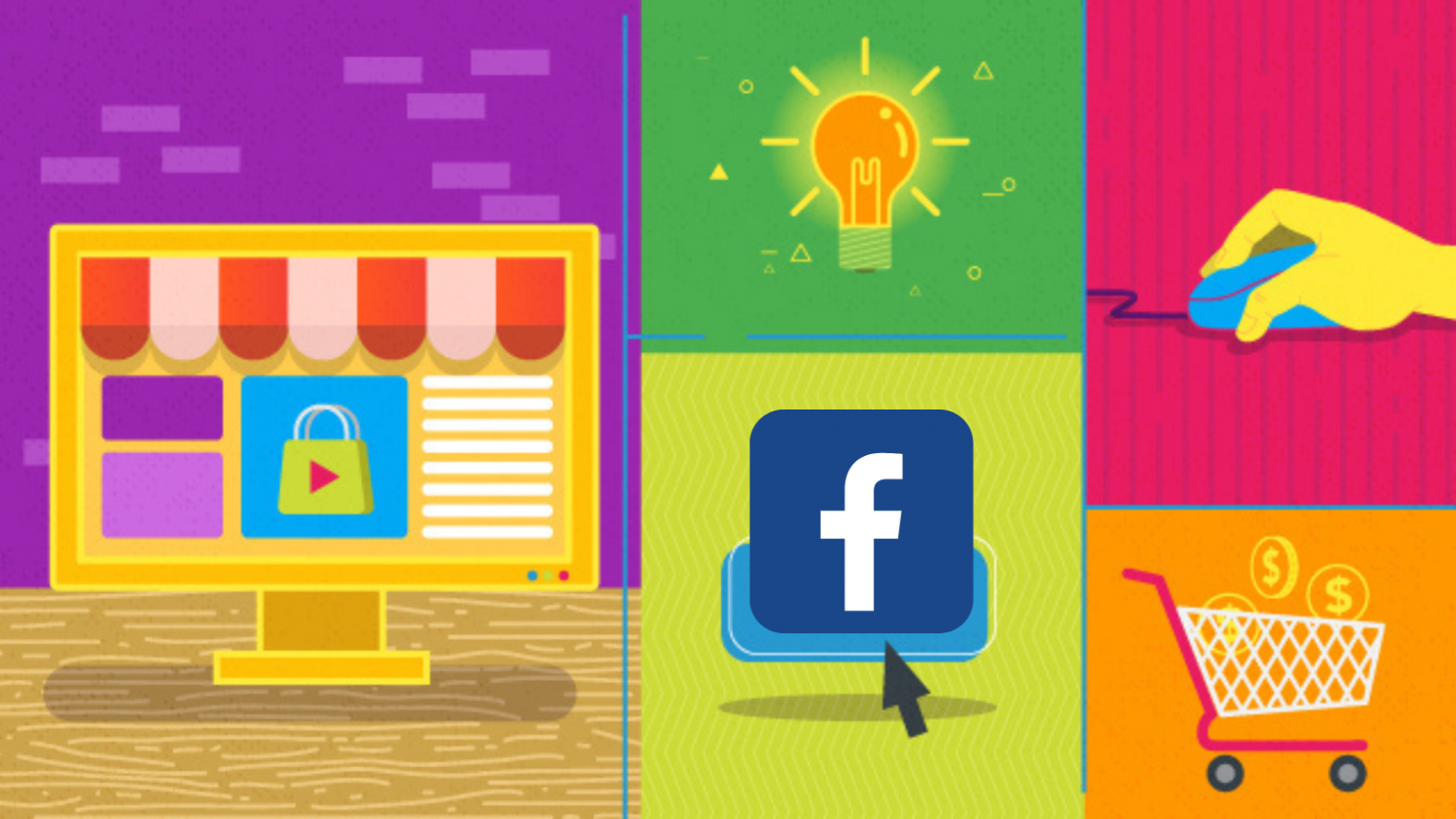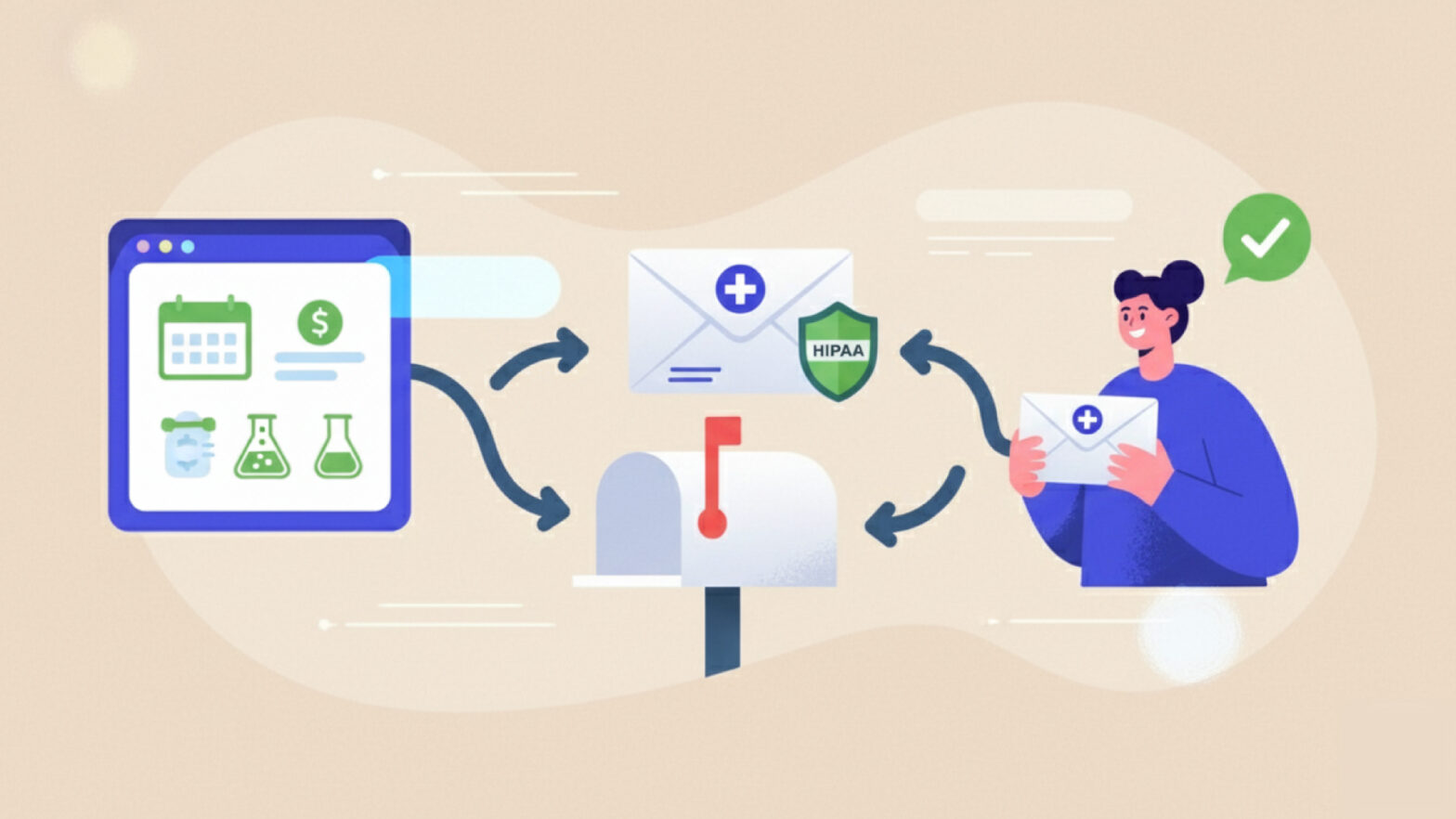The digital marketing landscape is ever-evolving. And, with the speed at which consumers change their minds about what they want, need, and expect from brands, this is no surprise.
Yet, the simple fact is that well-planned content marketing continues to be effective at delivering results — and that’s not likely to change anytime soon.
In fact, the B2B Content Marketing Outlook reports that 87% of marketers with an established content strategy rated their activity as being moderately to extremely effective.
Of course, achieving your desired results with content marketing can’t be as simple as producing enough high-quality resources. It’s also essential that you follow current trends and have a clear strategy that will allow you to differentiate your brand so that it can cut through all the noise.
Admittedly, it’s impossible to predict what will work in the coming months with 100% certainty. However, some tendencies are already clear, and they make an excellent starting point for planning your brand’s growth through digital marketing.
Without further ado, here are the top content marketing trends to watch in 2025 and ways to leverage them to secure your brand’s success.
Omnipresence of AI
Though this has already started happening over the past few years, 2025 will be when AI genuinely becomes ubiquitous.
According to a McKinsey report from May 2024, 72% of organizations have already adopted AI tools in at least one business function. And 65% regularly employ generative AI, most commonly in marketing and sales.
For example, big brands like Coca-Cola have already started relying on AI to create their content. The Holiday Magic ad below was entirely created by Real Magic AI.
Going forward, exploring the potential ways artificial intelligence could support your content marketing efforts is one of the best things you can do.
For example, hotel AI systems can analyze data such as guest reviews and booking trends, allowing hoteliers to understand market preferences and demands, and create targeted content marketing campaigns. And that’s just one of the possibilities.
It is entirely up to you and your goals whether that includes automated content creation, collecting insights and analyzing performance, or enhancing user experience.
A Consumer Demand for Human Touch
While artificial intelligence does offer exceptional opportunities for taking your content strategy to the next level in 2025 (at least when it comes to productivity and cost-effectiveness), it’s not necessarily the best way to approach content creation.
Yes, AI tools can be a great help. However, a survey from April 2024 discovered that, according to 64% of consumers, companies neglect the human aspect of the online customer experience.
In other words, potential customers want your brand — and the resources they interact with — to reflect the real people behind them.
With this in mind, explore methods to transform your content into a real reflection of your brand’s identity. For quick improvements, tools such as Humanize AI can increase the relatability and originality of your AI-generated content.
Also, for example, an AI detector can help you develop a unique voice that truly speaks to your target audience.
However, if you want to invest your budget in content that will contribute to building meaningful relationships with your prospects, consider adopting a more hands-on approach in the coming period.
If you check out Real Estate Skills, you’ll see that this brand has the right idea in its How to Wholesale Real Estate in Florida guide. The brand’s CEO takes the lead in the embedded videos, providing a much-needed personal touch to the content. This makes it far easier for web visitors to relate to (and consequently trust) the business.
Engaging and Immersive Formats
If there’s one current trend likely to continue into the coming years, it’s the indisputable dominance of video when it comes to engaging consumers.
If you look at the latest State of Content Marketing Report from Semrush, you’ll find that 45% of businesses received the best performance from video. This trend is likely to continue, but more than that, producing and distributing high-quality, relevant video content may just become a necessity for reaching potential customers.
By investing in live-action — or better yet, motion graphic videos like the ones we create here at Explainerd — you can significantly increase audience engagement, boost product understanding, and inspire conversions.
Nonetheless, other engaging and immersive formats will deserve your attention, too, in 2025.
Enhancing your site with augmented reality functions — similar to what Mister Spex does with its Virtual try-on option — is another great method to boost conversions in e-commerce.
Or, if you’re looking to invest in content that will maximize engagement while directly contributing to your marketing goals, why not consider formats that will allow you to immerse prospects into your brand’s world?
For example, in-app screenshots in your educational resources—like the ones in this mass notification systems article on DialMyCalls—can be an exceptional method of showcasing your solution’s functionalities without forcing web visitors to convert before they’re ready.
You can also go the interactive route, as Tidalflow does with its Daily Fiber Calculator. These types of resources are becoming increasingly sought-after, and not just because they’re convenient. They empower consumers to solve their pain points without putting them under too much sales pressure.
Finally, don’t underestimate the power of old-school imagery. Authentic photos that give potential customers a taste of what they can expect from your business in real life — similar to the images used in EXT Cabinets’s Different Types of Outdoor Kitchen Materials article — can also work in 2025, despite not feeling as exciting as VR, interactive resources, or videos.
User-Centricity
The fourth consumer marketing trend to keep in mind in 2025 is an increased demand for user-centricity. Sure, the tendency may not be a new development — after all, consumers have been demanding more personalized experiences for a while now.
Nonetheless, your ability to put your target audience first might become more important in the coming period as buyers explore ways to curb their content-driven dopamine addictions.
One way to do this in 2025 is to adopt the mindful content marketing approach.
This type of tactic prioritizes user value over conversion potential by reducing distractions, promoting thoughtful interactions, and prioritizing transparency. And, no, this doesn’t mean you can’t promote your solutions. However, it is time to consider more responsible ways to introduce prospects to the benefits you offer.
For example, something as simple as creating resources that make your expertise and insights available for free — like the Essential VA Interview Questions guide from Somewhere — is an excellent way to attract and engage audiences looking for unique value.
Another way you can achieve a similar result is to personalize your content.
For example, running localized campaigns, customizing social media interactions, or tailoring email campaigns — like in Netflix’s Top Suggestions for You emails — are all excellent ways to engage your audience with content in 2025 and outperform competitors who aren’t taking customer needs as seriously.
Finally, if you want your content marketing strategy to be effective and on-trend in the coming months, start collecting user-generated content that you can add to your website (or distribute via social media).
Aspiration-Driven Content
Another user-centric trend you should jump on in 2025 is the move from needs-based content to aspiration-oriented resources.
Why? Well, consumer behavior research shows that people actively choose what brands to buy from based on their values. But what’s interesting is that a growing number of people are starting to expect brands to take an active role in helping them be better.
With this in mind, it’s a great idea to use the coming months as an opportunity to empower your audience to become whatever they wish to become.
This can involve actionable tips and educational resources. It can even include calls to action for online or offline activities that will help your prospects achieve their vision.
Think of content similar to Adidas’ Runtastic programs, which focus on helping prospects reach their fitness goals through educational and supportive resources and a personalized schedule that aligns with their fitness levels.
Or, check out how Vincent Labs does it in their post on how to invest in private equity as a retail investor. By inviting an expert collaborator to join the conversation, this content creator has managed to produce a resource that doesn’t just provide its target audience with instructions but gives them constructive advice and directions on how they can unlock investing opportunities that align with their goals.
Shoppable Content
Finally, if you want to take your business to the next level in 2025, don’t underestimate the growth of social commerce.
According to some predictions, the penetration rate of social commerce will reach 31.71% over the next four years. What does this mean? Well, it suggests that almost one-third of people will follow content consumption directly with buying activities.
With this in mind, start enhancing your resources with relevant and logical conversion-enabling elements.
For example, you can do something similar to Ikea, which includes a Modern home ideas section on its homepage. Here, the brand presents web visitors with interior decoration ideas complete with clickable cards that lead them directly to the brand’s product pages.
Or, if that approach sounds like too much work, you can achieve similarly effective results by simply optimizing your content for consumer action.
Ohsnap does it beautifully on YouTube, using the first part of the description to invite viewers to visit the brand’s website and learn more about the solution it’s introducing in the video.
Final Thoughts
Navigating the landscape of content marketing will take some adjustments in 2025 — just like any other year, for that matter.
By being committed to continual growth and learning as a marketer, you won’t just stay on top of any emerging trends. You could even become a leader in your industry and niche, setting the standards for the type of content people will want to see in the future.
However, it’s also fine if you don’t aim for something like that. Playing around with the content trends we’ve covered here will be more than enough to help you reach, engage, and convert new customers in 2025 and beyond.








